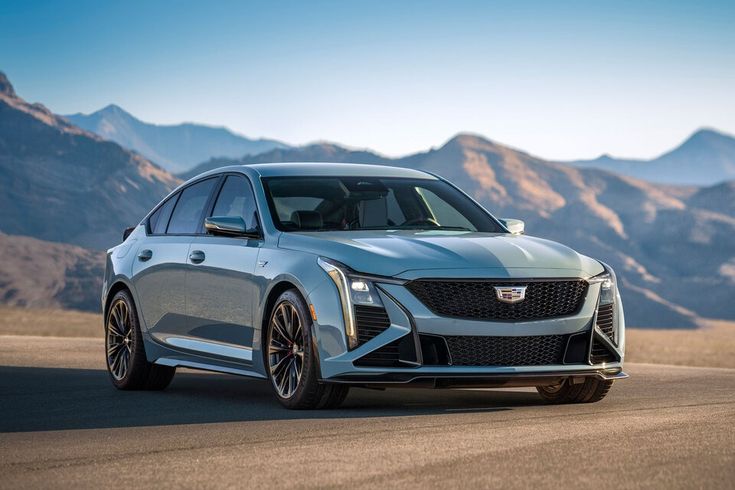If you’re like me—someone who lives for that perfect daily driver that fires up every morning, eats up miles like candy, and never throws a tantrum—you know there’s something romantic about a car that just works. Not flashy. Not complicated. Just dead reliable. In a world where car tech is getting fancier (and flimsier), finding a ride that quietly crosses 300,000 miles without a meltdown is like finding buried treasure.
I’ve been through countless rides, wrenching on some, babying others, and cursing a few that constantly left me stranded. Let’s face it—when you’re commuting every day, you don’t want a diva that demands weekly fixes. You want a solid, no-nonsense machine that sips fuel, handles wear like a champ, and doesn’t fall apart if you skip a service or two. These are the cars that make you say, “This one was built right.”
So I’ve compiled a list—5 daily drivers that will hit 300,000 miles without drama, and 5 that will bleed you dry at the mechanic. Whether you’re buying your first commuter or replacing your fifteenth, this list will steer you right.
Because in the end, reliability isn’t a luxury—it’s a lifestyle.
5 Daily Drivers That Clock 300,000 Miles Without Drama
These are the unsung legends—daily drivers that refuse to quit. They’re not just reliable—they’re loyal soldiers, clocking 300,000 miles with minimal fuss. If you want a high-mileage car that doesn’t break the bank or your spirit, these are the machines you can count on.
ALSO READ: 10 Off-Lease Cars That Last Beyond 300K — Proven Reliability, Real Mileage, Smart Buys
1. Toyota Camry (2005–2011) — The Long-Distance Legend
Let’s get one thing straight: the Toyota Camry isn’t exciting, and that’s its greatest strength. This mid-size sedan has been the reliable daily driver for generations, and the 2005–2011 models are absolute tanks. Built with the famed 2.4L 4-cylinder 2AZ-FE engine, these Camrys are known to roll past 300,000 miles without a single check engine light.
Why? Toyota engineering. The powertrain is overbuilt, the parts are dirt cheap, and the design is simple. I’ve seen Camrys with faded paint and worn seats still purring like new. The transmissions on these models are silky smooth, and even when abused, they somehow bounce back with just a fluid change.

Maintenance? Just stick to oil changes and basic care, and this car will be more loyal than your dog. You’ll rarely hear weird noises or deal with electrical gremlins. Plus, there’s a massive aftermarket if something does go wrong.
This is the car your mechanic drives when he wants peace of mind. No drama. No dealer visits. Just endless miles of reliable service.
If you’re chasing high-mileage heroes, the Toyota Camry is your knight in beige armor.
2. Honda Accord (2003–2007) — The Mileage Machine
You don’t talk about bulletproof sedans without bowing to the 7th-gen Honda Accord. With the legendary K24 engine, this car is famous in high-mileage circles. I’ve seen one cross 400,000 miles on original internals. That’s not luck—that’s Honda brilliance.
The Accord blends durability with just the right amount of driving fun. The transmission holds up well (especially with regular fluid changes), and the suspension components are straightforward and easy to fix. It’s the ultimate set-it-and-forget-it car.

It sips gas, shrugs off neglect, and laughs at bad roads. You can take this to work, run errands, go on a cross-country trip, and it won’t skip a beat. Even when abused, it keeps chugging like it has something to prove.
What’s more, parts are everywhere. Every junkyard, every auto store, every online shop—Accord stuff is cheap and abundant. This makes it a daily driver’s dream when it comes to long-term ownership.
If you want a car that will never betray you, the 2003–2007 Accord is your ride-or-die.
3. Lexus LS430 (2001–2006) — Luxury That Lasts
You think luxury cars can’t go the distance? Think again. The LS430 is Lexus’ answer to the German big boys—and it buries them in reliability. Powered by the silky 4.3L 3UZ-FE V8, this car is legendary among high-mileage fanatics. I’ve seen LS430s outlive two owners and still glide like a magic carpet.
Built like a tank with Japanese precision, the LS430 doesn’t have any glaring weak points. Timing belt? Sure, do it every 90k. Suspension? Strong and comfortable. Electronics? Surprisingly simple for a luxury sedan.
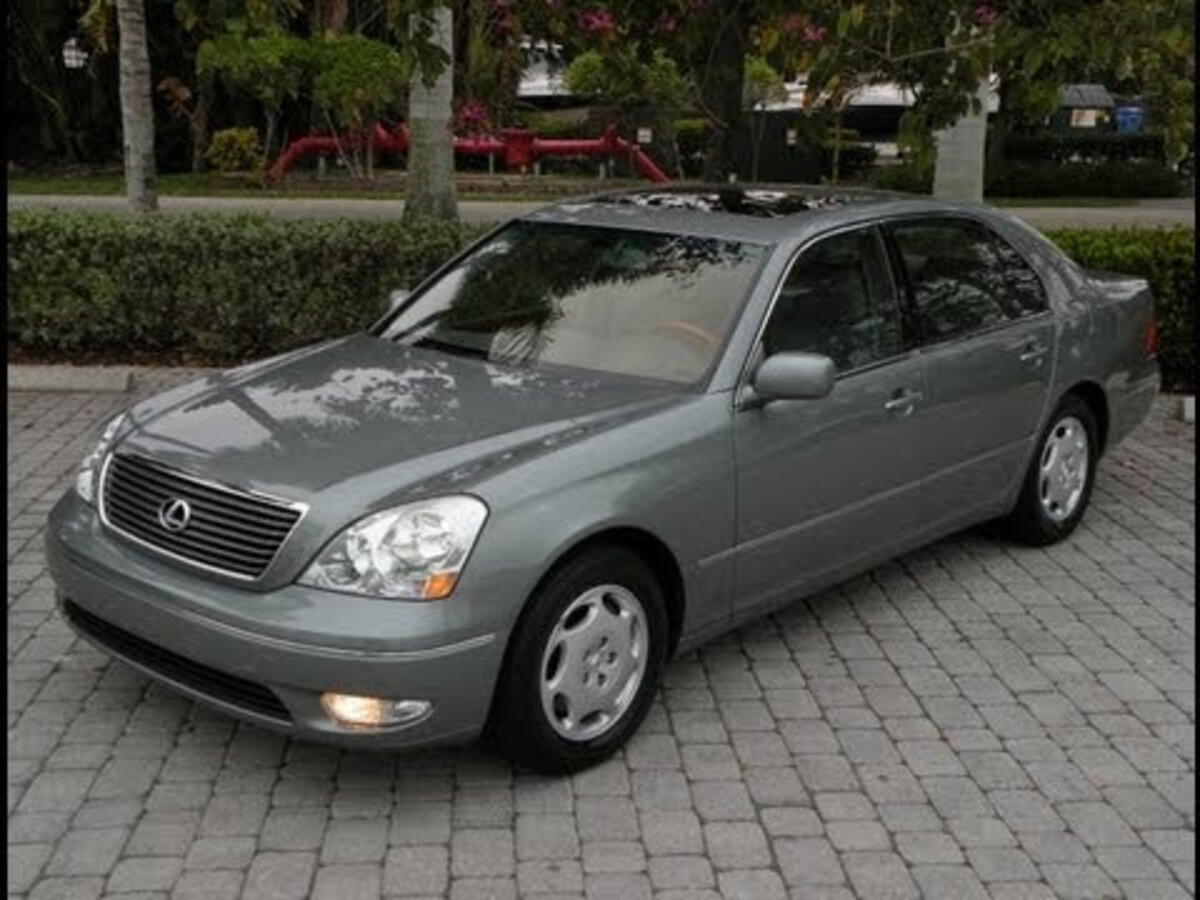
Even with all the bells and whistles—soft-close doors, heated everything, Mark Levinson sound system—nothing feels like it’s going to break. The build quality is nuts. Shut the door and you’ll hear what I mean.
This is a car that was over-engineered, back when Lexus was trying to prove a point. It’s the kind of ride you can pass down to your kid after 300,000 miles and still trust it’ll get them home.
A luxury daily driver that doesn’t act like a drama queen? The LS430 is the unicorn you’ve been looking for.
4. Toyota Corolla (2009–2013) — The Indestructible Commuter
When you want a car that just won’t die, the Corolla is your best bet. The 2009–2013 models are especially rock-solid, thanks to the time-tested 1.8L 2ZR-FE engine. It’s not fast. It’s not pretty. But it’s damn near invincible.
This car was built for the grind. Commute to work, drop the kids off, go on a road trip, get caught in a storm—it handles it all like a champ. The transmission rarely gives trouble, the suspension is basic and tough, and the interior holds up surprisingly well.
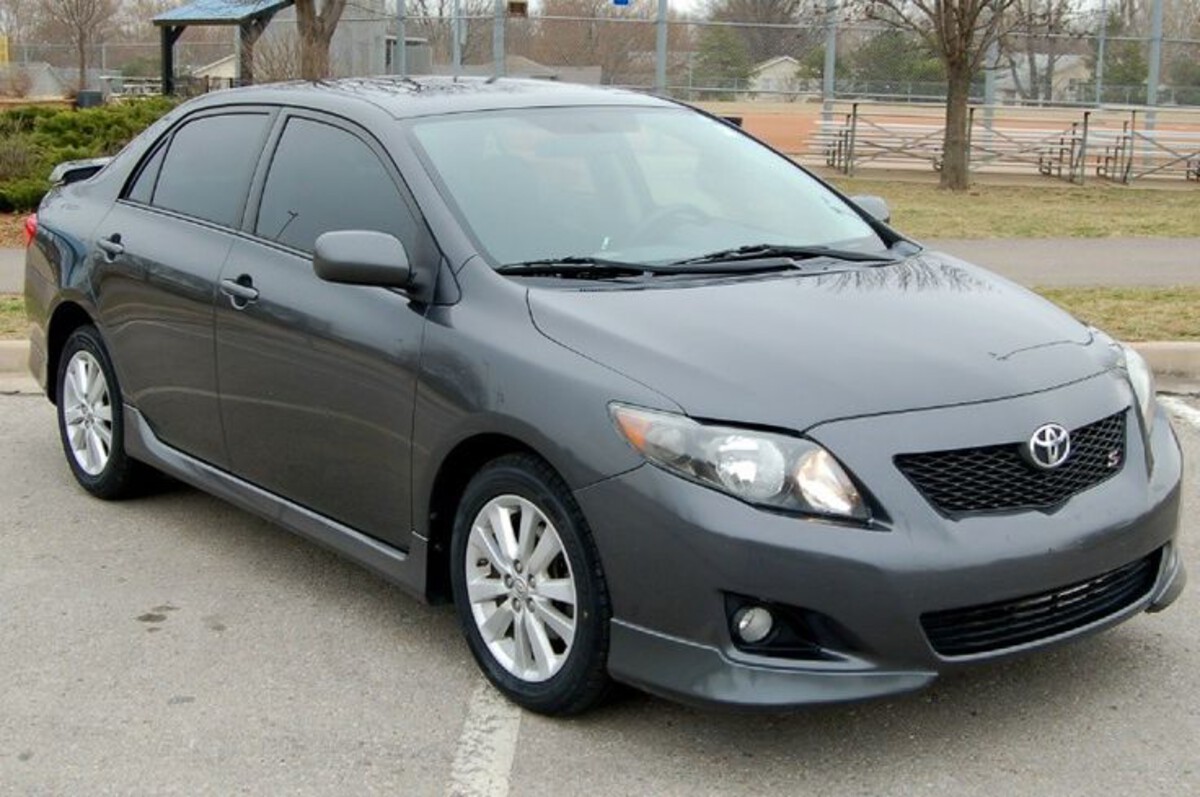
This Corolla is the definition of no-fuss driving. Just give it oil changes, maybe a set of tires and brakes every 50k, and it’ll keep going like a stubborn old ox.
It’s also got insane resale value. People know these cars are reliable, so they hold their value like gold. That means when you finally decide to let go, you’ll still get a decent check for it.
For anyone who needs a low-maintenance daily driver, this generation Corolla is the MVP. It won’t impress your neighbors, but it’ll outlive their BMW.
5. Honda CR-V (2007–2011) — The Reliable Utility Hero
SUV lovers, this one’s for you. The 3rd-gen Honda CR-V is an unsung hero when it comes to long-lasting crossovers. It pairs Honda reliability with practical utility, and the result is a daily driver that just won’t give up.
Under the hood is the trusty 2.4L K-series engine (yes, the same beast in the Accord). This thing will survive bad gas, missed oil changes, and teenage drivers. I’ve personally watched a 2009 CR-V hit 350,000 miles without a single major repair.
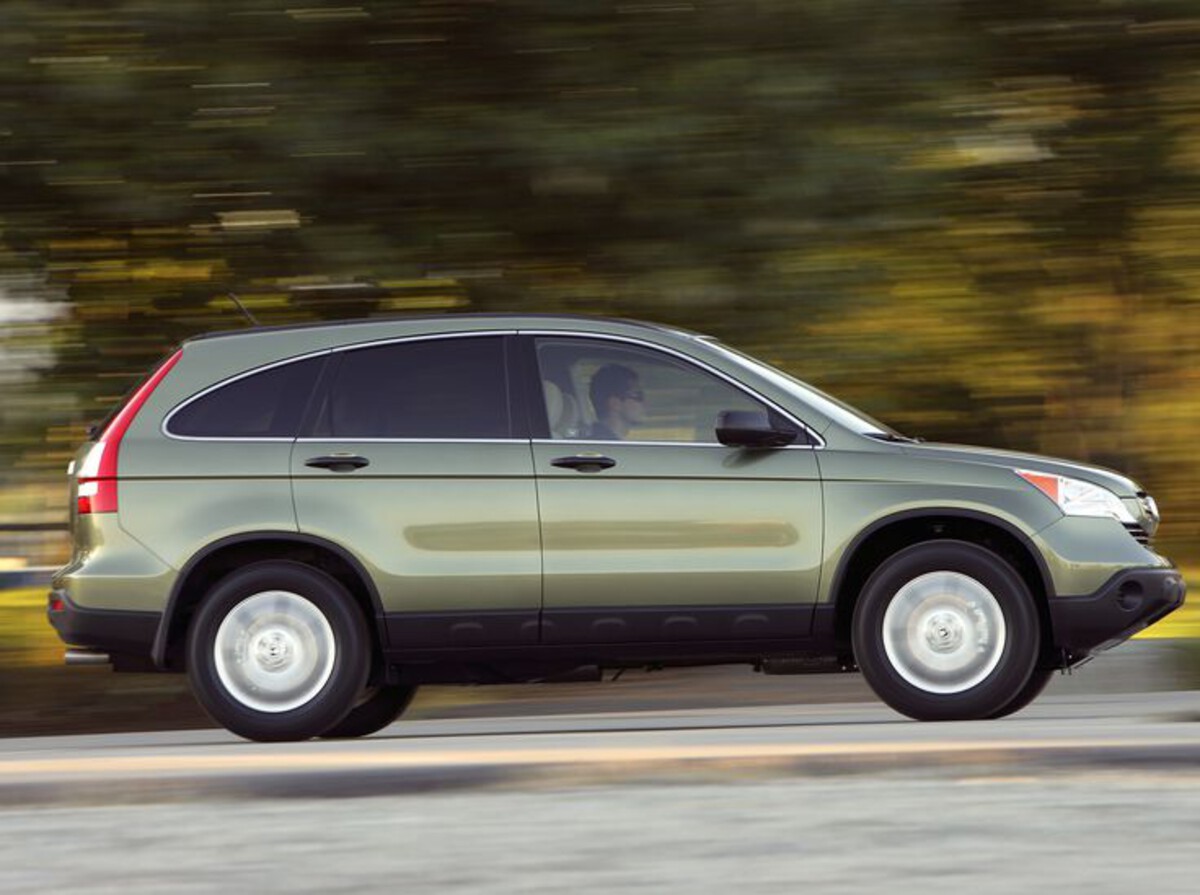
The AWD system is simple and durable, and the cabin is spacious without being overcomplicated. The electronics are minimal, which means fewer things to break. Even the rear differential—usually a weak point in AWD systems—holds up if you service it every 60k.
This is the car you throw your gear into, drive across states, and forget about for the next 10,000 miles. And it’ll still thank you.
For those who want an SUV that runs like a Civic but hauls like a wagon, the CR-V nails the sweet spot.
5 That Constantly Need Fixes
These cars might look sharp and drive great at first. But spend a few months behind the wheel and you’ll be on a first-name basis with your mechanic. These maintenance-heavy vehicles will make you pay for every mile with broken sensors, blown gaskets, and electrical nightmares. If dependability matters, these are the ones to avoid.
ALSO READ: 5 Hybrids That Outlive Their Batteries & 5 Hybrids That Die as Soon as the Warranty Ends
1. BMW 5 Series (2004–2010) — A Love-Hate Relationship
Oh, the E60 5 Series. Gorgeous design. Silky ride. Tech that was ahead of its time. But underneath that luxury lies a pit of mechanical nightmares. The N54 turbocharged inline-six (on 535i models especially) is a ticking time bomb.
High-pressure fuel pumps fail, turbos seize, injectors leak, valve cover gaskets ooze oil onto everything, and don’t even get me started on the electronics. iDrive malfunctions, sunroof drains clog, and random warning lights love to party.
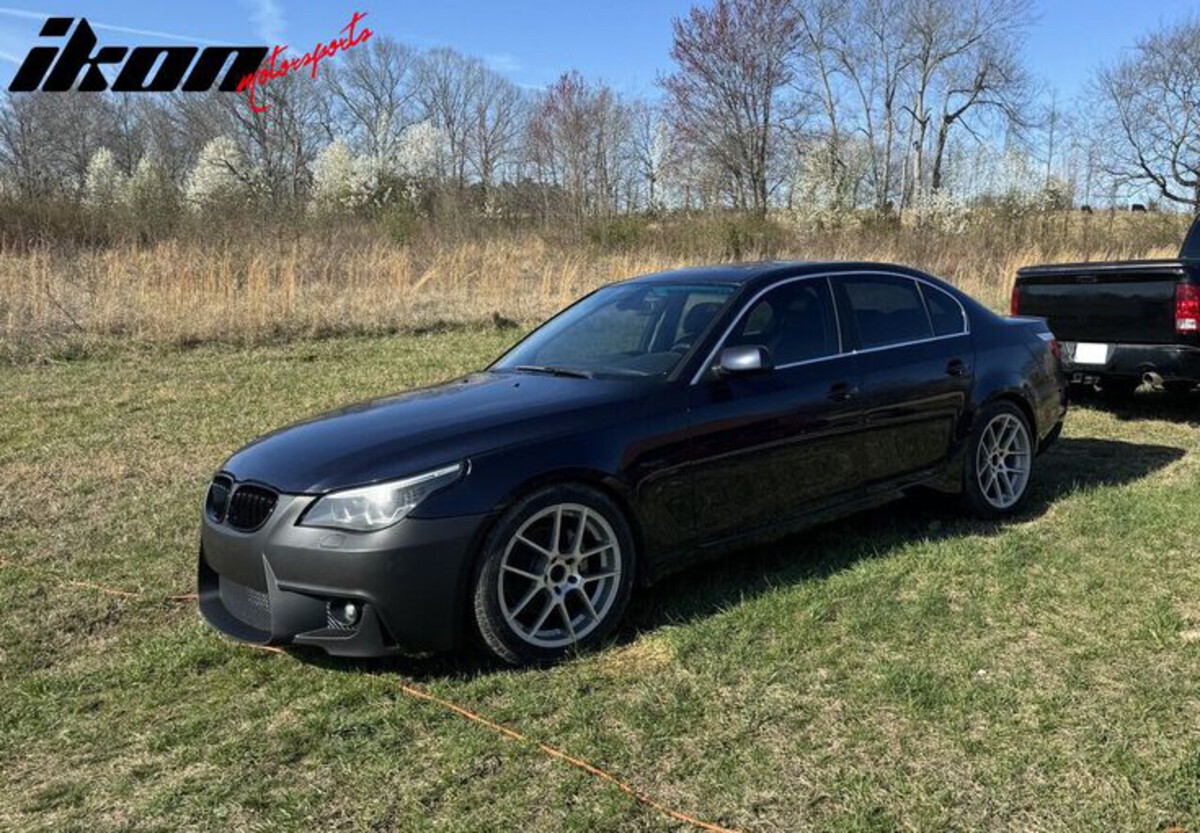
Yes, it drives like a dream—when it works. But you’ll constantly be fixing something. It’s a daily driver that breaks down more than it drives, and labor costs are through the roof.
If you’re not wrenching yourself, you’ll bleed cash at the mechanic. Trust me—I’ve been there.
2. Jeep Grand Cherokee (2011–2014) — All Style, No Stamina
On paper, the 2011–2014 Jeep Grand Cherokee has it all—rugged looks, off-road capability, a plush cabin, and that unmistakable Jeep presence. But in reality, it’s a reliability roulette. These models, especially the early WK2s, are riddled with mechanical and electrical issues that’ll haunt you if you daily drive one.
The 3.6L Pentastar V6 sounds solid, but early versions suffered from ticking lifters, premature camshaft wear, and oil consumption. Throw in a ZF-sourced automatic transmission that’s both jerky and unpredictable, and you’ve got a drivetrain that demands constant attention.
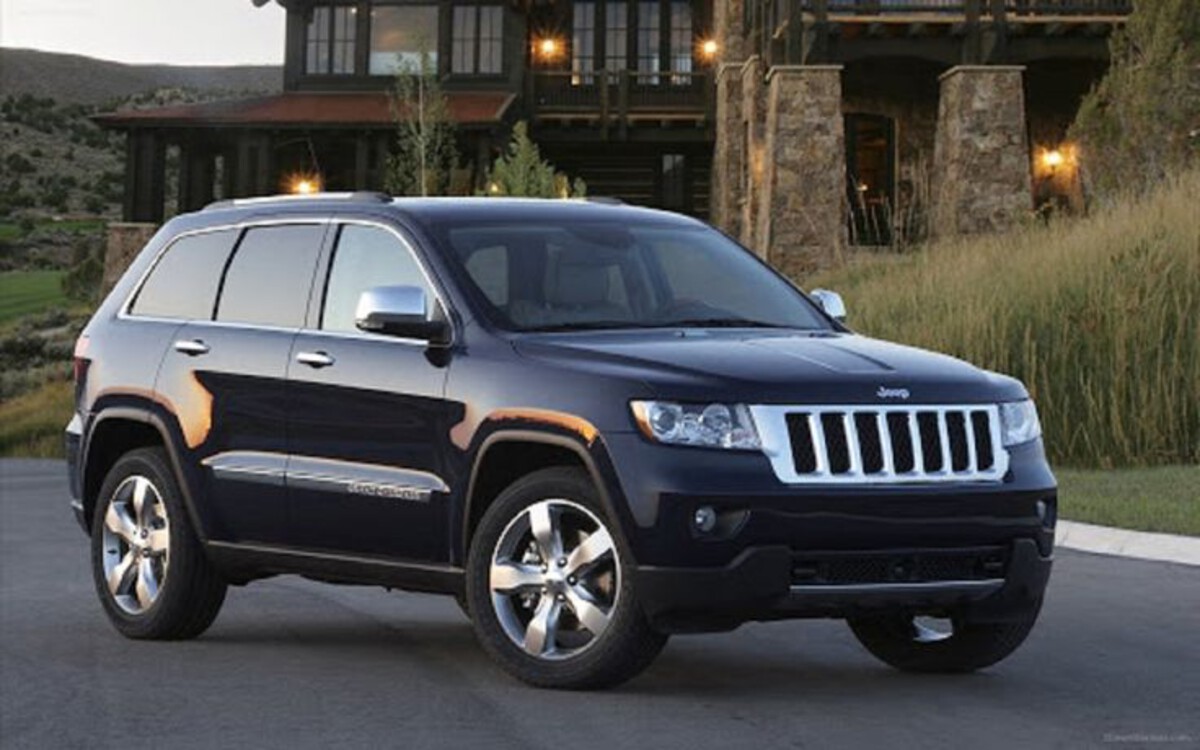
Electrical gremlins are rampant—blinking dash lights, malfunctioning infotainment, and random sensor failures become routine.
Even the 4WD system, one of Jeep’s supposed strengths, becomes a liability if you don’t religiously maintain it. Owners report problems with transfer cases, differentials, and the Quadra-Lift air suspension, especially in colder climates.
Interior quality doesn’t save it either. Climate controls, touchscreen interfaces, and seat electronics age fast. Repairs aren’t cheap, and resale value drops once the first major repair bill arrives.
In short, this isn’t a daily you want to rely on past 80,000 miles. While it might turn heads and feel confident in snow, the Grand Cherokee will test your patience and drain your wallet in the long haul.
3. Mini Cooper (2007–2013) — Cute, But Cursed
The R56 Mini Cooper may win hearts with its quirky design, tight handling, and peppy character, but once you own one, the charm fades fast. These cars are notorious for high maintenance costs and mechanical fragility, especially if you rely on them daily.
Start with the timing chain. It’s located at the rear of the engine, and the tensioner fails early and often, leading to catastrophic engine damage if not addressed. Then there’s the water pump, which loves to leak. Turbocharged S models? Expect issues with oil starvation, carbon buildup, and intercooler leaks by the time you hit 70,000 miles.
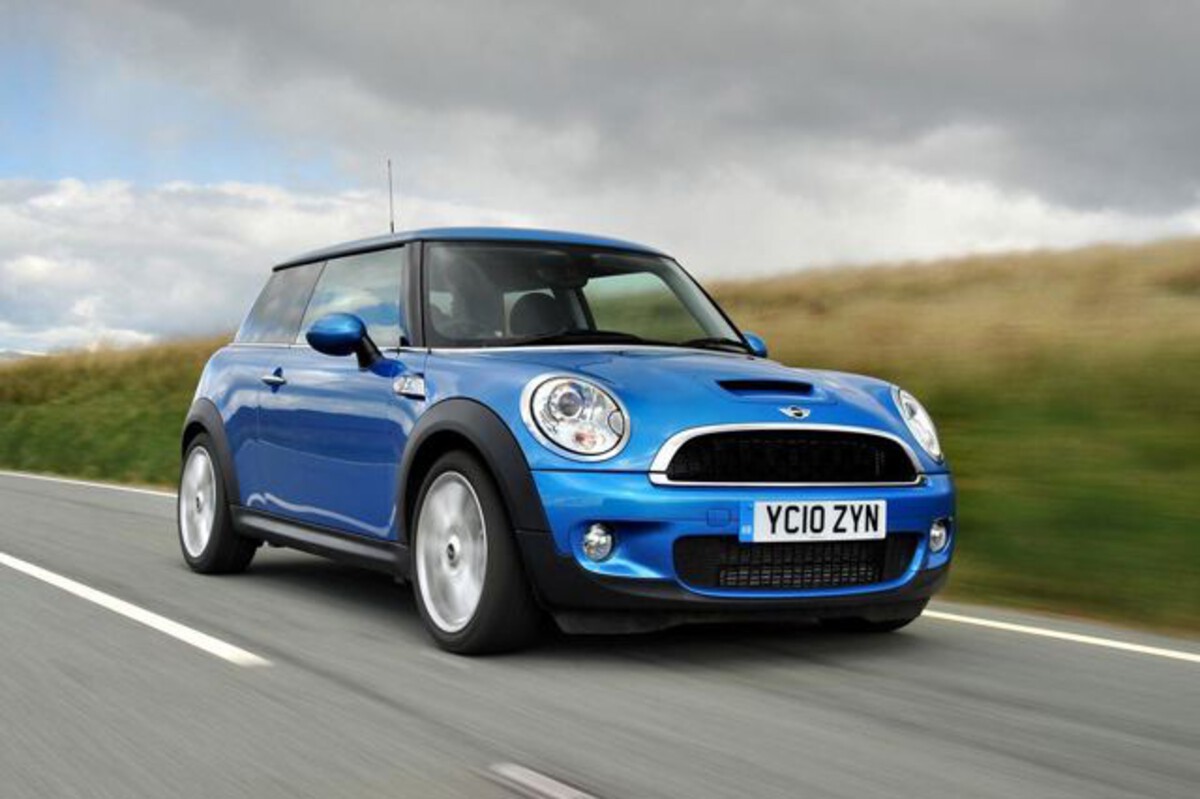
Cooling system problems are almost guaranteed. Thermostats and coolant reservoirs crack, and overheating is a common complaint. Electronic systems are also prone to gremlins—window switches, door locks, and sensors misbehave with no warning.
Even routine maintenance is painful. The engine bay is cramped, and simple fixes often require removing half the front end. This isn’t a DIY-friendly car unless you enjoy scraped knuckles and hours of labor.
Parts are pricey, labor costs are high, and reliability is borderline unacceptable. While it’s tempting to fall for the Mini’s go-kart vibe, it’s not built for the long game. If you daily drive one, brace for breakdowns—or better yet, steer clear.
4. Dodge Journey (2009–2019) — The Disappointment Wagon
The Dodge Journey promised affordability and family practicality, but it delivered something closer to a rolling disaster. From the moment you hit 50,000 miles, it becomes clear this isn’t the kind of vehicle you want to rely on every day.
Let’s start with the engines. The base 2.4L four-cylinder is woefully underpowered for a vehicle of its size. It strains on highways and struggles with full loads.
The 3.6L Pentastar V6 is better, but is plagued by ticking lifters, head failures, and oil consumption. Combine that with the infamous 62TE transmission, and you’re looking at a high-risk powertrain.
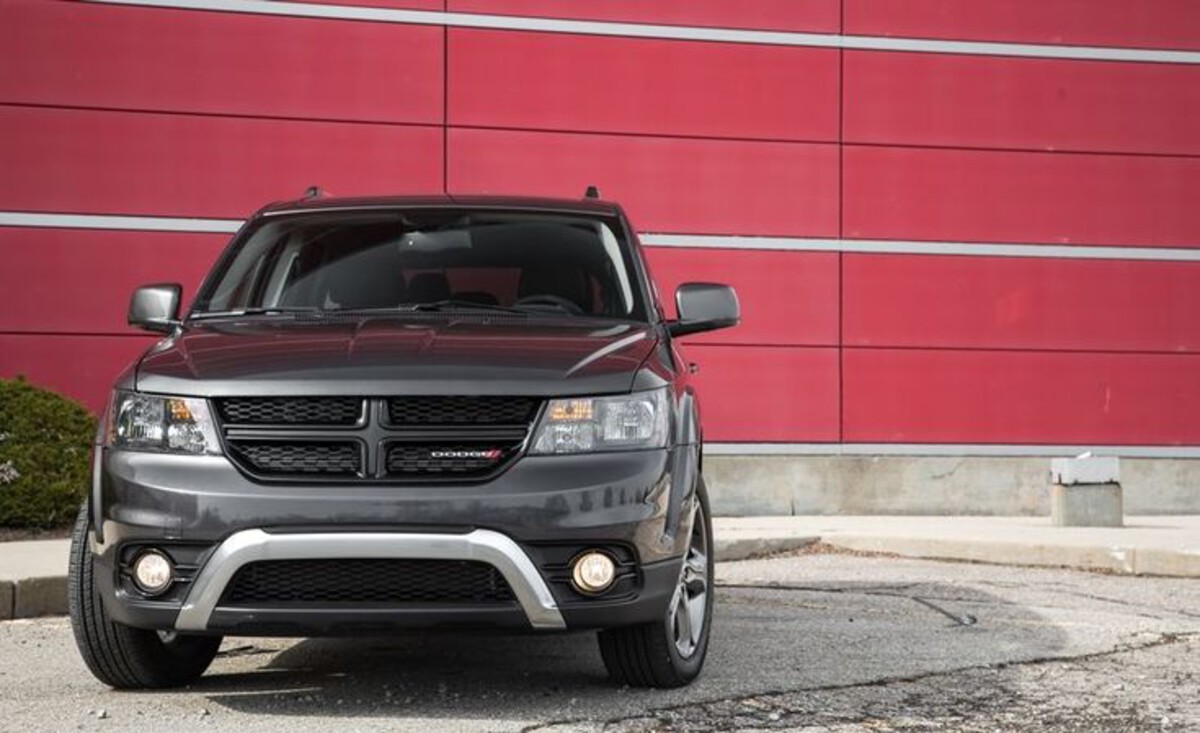
Then there’s the electrical system. The Journey is full of failing sensors, flickering dashboards, and temperamental electronics. The Uconnect system glitches, power windows get stuck, and even the key fob likes to randomly stop working.
Interior quality is subpar. Seats wear prematurely, plastic trims rattle and break, and door panels peel. Suspension components wear out quickly too, leading to clunks, creaks, and poor ride quality. It’s all wrapped up in a vehicle that’s cheap to buy but costly to keep alive.
If you’re in it for the long haul, this car’s constant breakdowns and poor resale value will leave you drained. Dodge may have called it a Journey, but trust me—you don’t want to take one in this.
5. Chevy Cruze (2011–2015) — The Misfire Machine
The Chevy Cruze seemed promising—a modern, fuel-efficient compact designed to rival Japanese stalwarts. But once the honeymoon period fades, this car shows its true colors. For daily drivers looking for long-term dependability, the Cruze often turns into a financial sinkhole.
The biggest problem? That 1.4L turbocharged engine. It’s plagued by coolant leaks from the water outlet housing, failed PCV diaphragms that trigger lean codes and rough idling, and turbos that can go south before 100k. Overheating is a real issue, and once that starts, you’re in for a world of repairs.
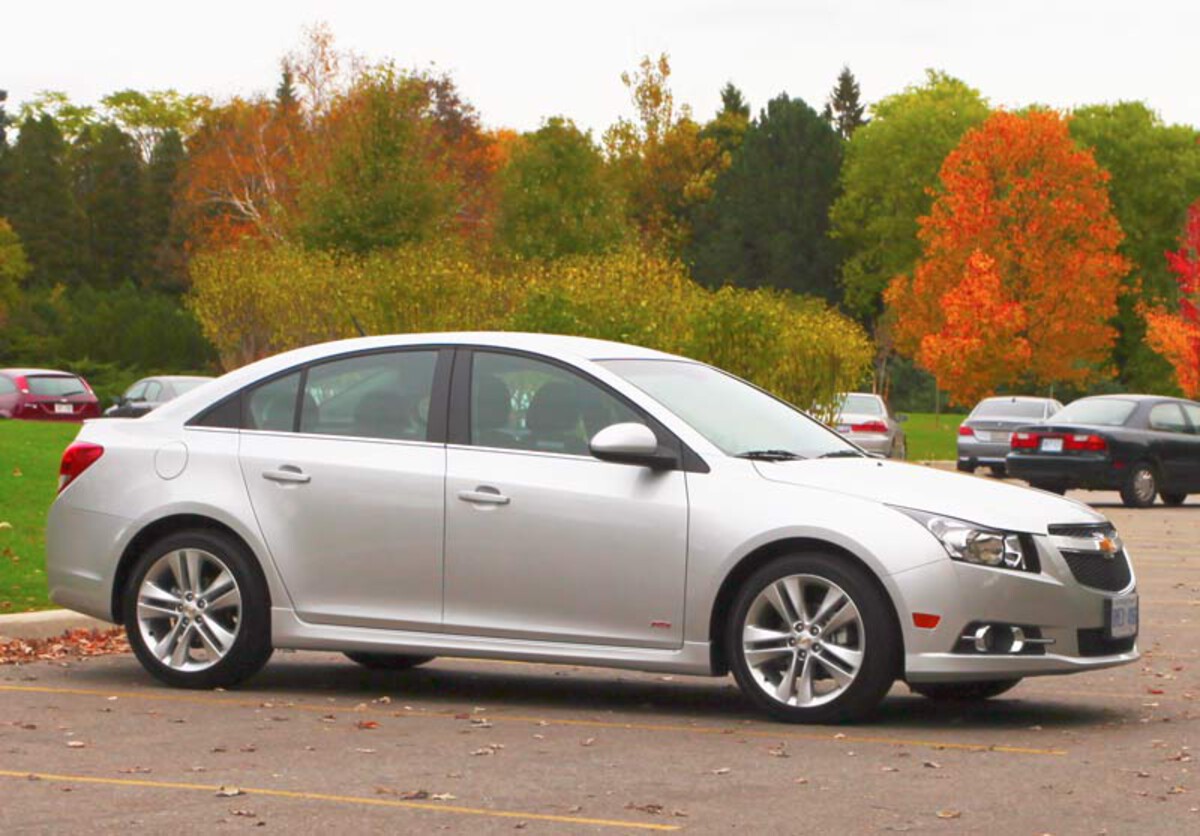
Even the naturally aspirated 1.8L isn’t immune. It’s known for carbon buildup and head gasket failures. Then there’s the mystery misfire syndrome—check engine lights come on for cylinder misfires that no tech can reliably pin down, costing you time and diagnostic fees.
The six-speed automatic transmission shifts roughly, slips over time, and is prone to valve body issues. Interior electronics are also flaky, with common failures in the radio, HVAC controls, and sensors like MAF and O2.
Maintenance costs add up fast, especially since most owners don’t expect this level of drama from a compact car. If you’re eyeing a Cruze for your commute, don’t. There are far better options out there that won’t leave you stranded or broke.
Climax For The Buyers
When it comes to daily drivers, reliability isn’t just a perk—it’s a necessity. You want a car that doesn’t make you flinch every time a dashboard light flickers. The best high-mileage vehicles are the ones that stay humble and keep moving forward, year after year, mile after mile. Whether it’s a rock-solid Toyota, a dependable Honda, or even a luxury legend like the LS430, these machines have proven their worth in the real world.
On the flip side, don’t get seduced by fancy tech and shiny badges. Some cars are built to impress—until they start breaking down like clockwork. And once that repair bill piles up, the charm wears off real fast.
So, whether you’re hunting for your next reliable commuter, a long-lasting family hauler, or just a car that’ll start every time, let this list be your roadmap. Choose wisely—and your future self (and wallet) will thank you.
Because at the end of the day, it’s not about how fast your car is—it’s about how long it lasts.

